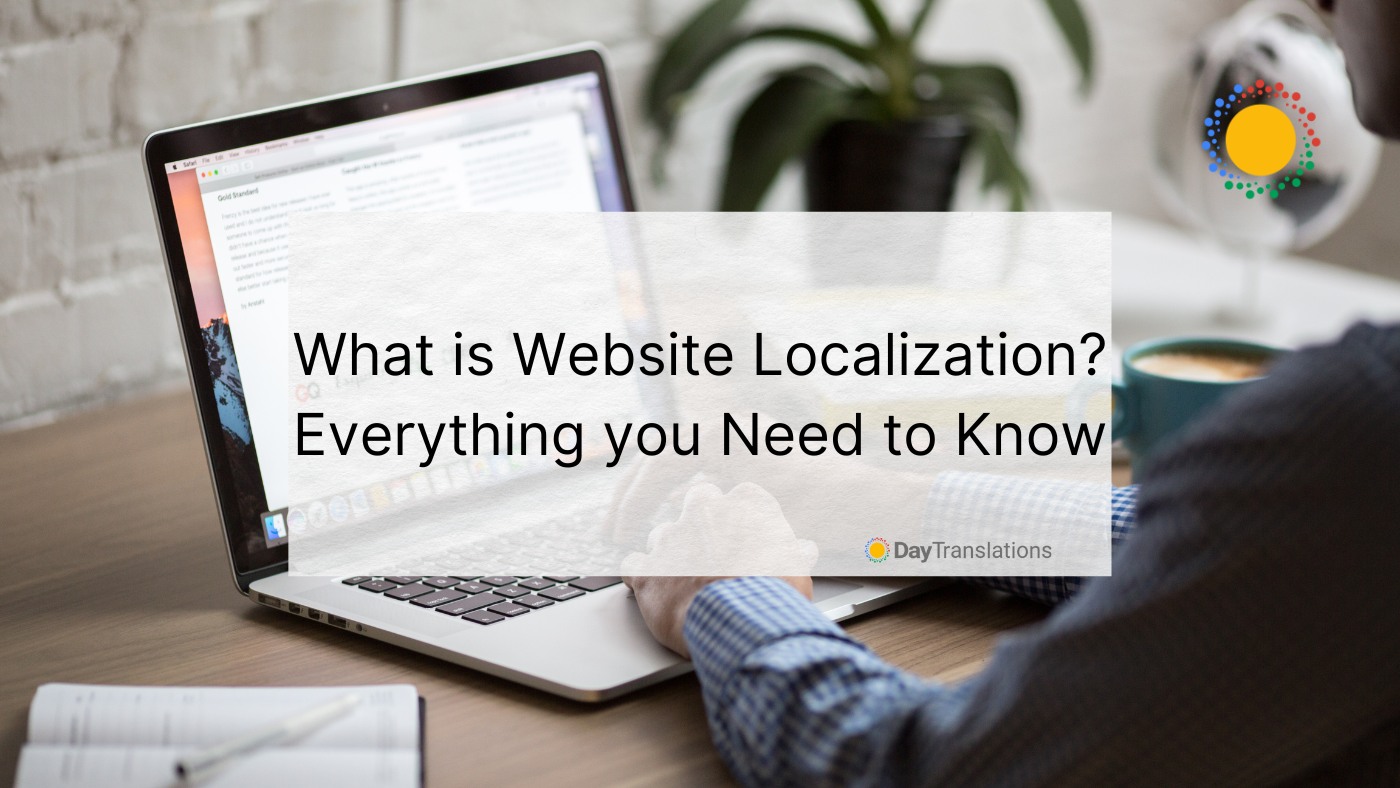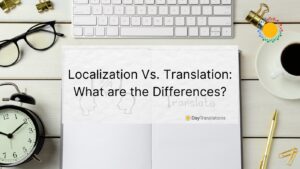These days, most of our time is spent online on various websites, whether social media sites like Facebook or our favorite eCommerce stores or media sites like Forbes. And truth be told, these big websites all have one thing in common, they’ve been localized to fit multiple audiences around the globe.
Website localization is all about giving the end-user a custom experience that better fits their culture, beliefs, values, and other aspects of their lives. Plus, 65% of people that have high English proficiency would still prefer to read content in their native language—even if it’s poorer in quality!
Now, let’s dive deeper into website localization and what it involves.
What is Website Localization?
Website localization focuses on modifying existing blog posts, guides, layouts, static pages, and even layouts. These modifications help make the end user’s browsing experience more comfortable.
Localization goes much further than simple translation, though. With translation, you’re simply changing the words into another language without considering whether these translations make sense contextually. So to improve the user experience, localizers modify these translations to give them a more local, authentic feel, as if the website originated from the user’s region.
Localizers consider local religions, slang, conventions, cultural nuances, and any other relevant factors that could improve the readers’ experiences. The main changes include using the local street address and date formats, local currencies in eCommerce stores, and the predominant measurement conventions. Imagery and color schemes are also crucial in localization, for example, using official country colors within a brand’s color scheme.
What Does a Website Localization Process Involve?
There are several steps to ensure the quality of a localization project, and they all work together to produce the best experience for the end-user.
Let’s break down these steps further.
Content Analysis
Content analysis should be the first step you take in a localization project. Through an initial analysis, you get a better idea of just how long the project will take and what you require for the localization. Plus, you can create a defined roadmap for the project.
Localizers have to factor in many different details when modifying websites to ensure success. In the analysis, your website localizers will map out all the factors that need localizing. These include the imagery, currencies, colors, etc., and then create a roadmap to complete the project on time.
Internationalization and Website Translation
If you plan to cater for more than one target audience, it’s essential to internationalize your website before you start localizing. Internationalization (i18n) and website translation will create a reusable structure for your website that will save you time with every new target audience you zoom in on.
The process involves separating as much source code as possible from elements that may need localization in the future. For example, if you’ve hard-coded text on your website, this text will now need to be converted into variables where possible.
Creating a flexible layout is also integral in this step. Especially if you want to localize your website for audiences with very different language formats.
Localization Toolkit Creation for the Target Native Language
Before your localizers start with any website localization process, you should create a project brief—aka a localization toolkit—for them. This project brief contains all the necessary background information that they would need to localize your website successfully.
You’ll want to include any relevant context explanations for each piece of content that the localizers will be modifying. By doing this, your localizers will recreate any content with the same meaning, message, and tone that the source content had.
If your website is a specific niche or technical industry, it also makes sense to include a glossary in the local language. This assists the localizers in terms of reference. You should include technical words that may not have a translation. Remember to include any trademarked or proprietary words that you’d like to keep the same across all your websites for your global audience too!
Quality Control (QC)
The website localization process should include multiple quality control checks at key points in the project roadmap. QC checks play an essential role in ensuring project efficiency and quality. The QC process catches errors before they become a more significant issue.
It’s a good idea to implement a QC check after initial language translations and localizations are complete. This is where most mistakes can occur. After this, you’ll want to check content and imagery cohesion. Last but not least, you need an overall QC check. This ensures that every aspect of the new website functions correctly.
The final QC check should address formatting, website usability, and a final check for any errors in the localized content before it reaches the target markets.
Expand Your Reach With Website Localization!
Website localization can increase your reach exponentially, without the headache of building a completely different brand across different target markets. Reach isn’t everything, though. You also need to give your new audience the best user experience possible. Why? Well so that they keep coming back to your brand!
Here at Day Translations, we know the power of localization and giving your customer the best user experience possible. That’s why we’ve made it our mission to provide high-quality website localization and professional translation services for businesses like yours.
Does growing your audience and improving engagement sound like a dream come true? The a localized website is the first step in the right direction!
Then give us a call on 1-800-969-6853 to receive a free website localization quote in less than 10 minutes! We’ll help you understand how to maximize your digital assets. With our localization process, you’ll target internet users across the globe with a properly localized website!
Then give us a call on 1-800-969-6853 to receive a free website localization quote in less than 10 minutes!














Sorry, the comment form is closed at this time.